SUMMARY
This is AI generated summarization, which may have errors. For context, always refer to the full article.
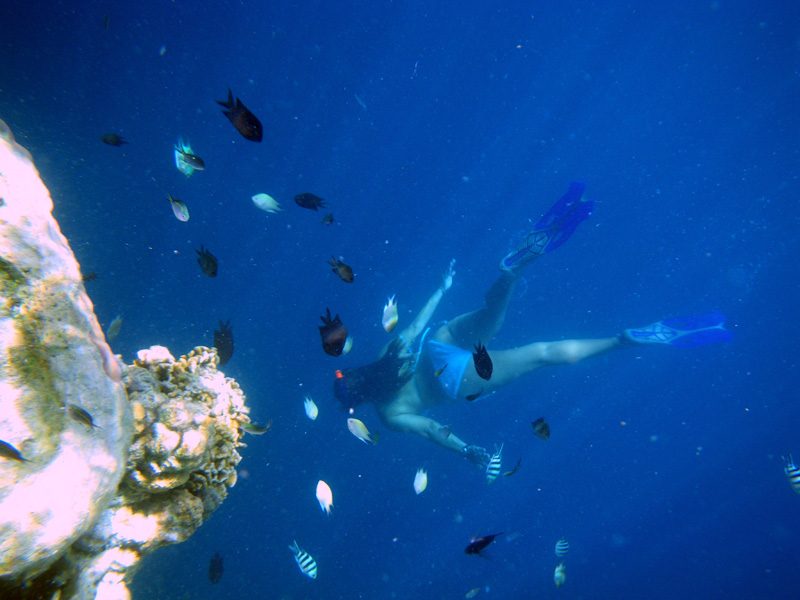
Being in the water always came naturally to me. I suppose the love affair started at age 5. My father threw me in the pool and just like that I was sold.
I remember an old instructor saying, “Swimming. Fifty percent getting over the fear and the other half you’ll get by with the technicalities.” He was right. What gripped people and held them back was the fear of the unknown.
When we moved back to the Philippines, I found I liked swimming so much that being submerged in water pretty much ruled over my life. From grade school right into university, I was a swimmer. Weekend meets were normal, waking up every day at 4 am to practice, the year-round tan and constantly reeking of chlorine were just one of the few perks.
What else is there to see underwater?
With over 7,000 islands to choose from, the Philippines is THE place to live if you love the water. You’re doing your country a disservice if you don’t know how to swim, because the experience has so much to offer.
Imagine all the snorkeling you’re missing! There are those who love to wade and frolic in the sand but feeling the water in your face, and being able to see what is beyond the surface is life-changing. The deep hues are relaxing, soothing. Blue stimulates a positive emotional response. Other than killing a bad hangover, water too can rejuvenate a tired mind.
Let go, relish the water
The swimming pool was always there for me, but over many summers, when school was out, my parents would make sure we’d go to the beach. I’d take things less seriously. There wasn’t an urge to be as technical as compared to competitive swimming. I let go and just dive in to relish the water.
Snorkeling was my main form of relaxation, I could watch for hours how the exotic fishes swim in and out of coral reefs, and hold my breath in case I wanted a closer look.
As the rest of the family ate and drank on the beach, I stayed with the boatmen all day. I learned and explored with the locals, how they would descend, but mainly to see how far I could push myself.
We couldn’t afford to take scuba diving lessons then, so it was a way to practice until the day I could. Years later I realized it was not remotely close to diving with a tank.
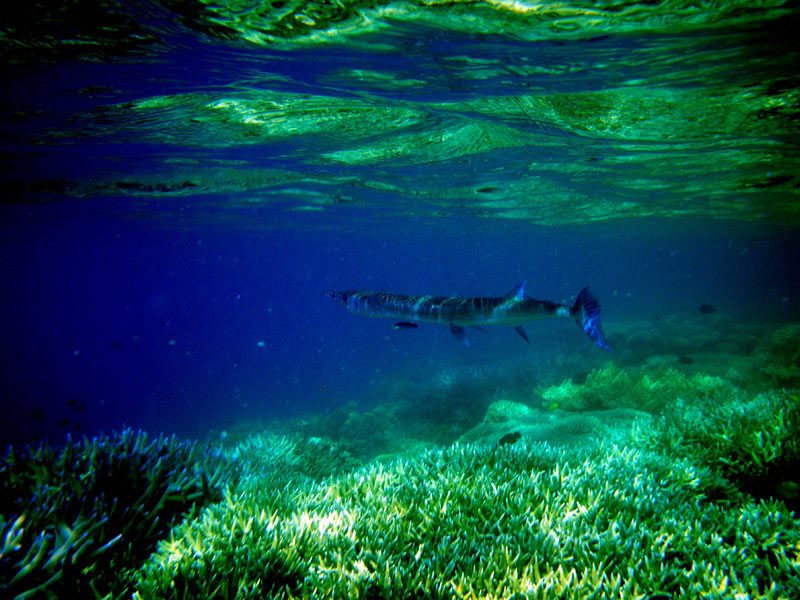
Not even close
Free diving relies on a diver’s ability to go under water under just one breath, without any breathing apparatus.
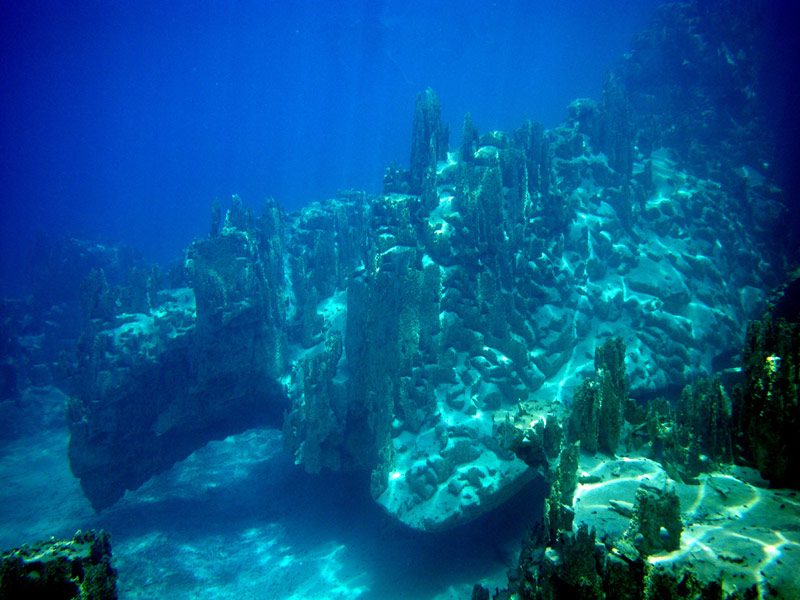
This was practiced in ancient cultures to gather food from the ocean, to reclaim sunken treasures from maritime trade and to source valuable sponges and pearls. The Ama Divers of Japan collected pearls this way well over 2,000 years ago and still practice this art form. Some Amas continue well into their 80s.
Divers were also used during the war to make barricades across the ocean floor to help sink enemy ships. Even in those days divers could stay under water for over 5 minutes and reach great depths. Now humans can manage over 12!
The early Greeks created their own discipline where they used Skandalopetra (weights) to help in their descent. Now, free-diving has become an extreme sport.
It is dangerous, one can black out and die if not done properly. But it seems to appeal to a great number of people across the world- whether it be recreational, for work or as a sport. Austrian diver Herbert Nitsch currently holds the world record for competitive apnea. Through years of training “The deepest man on earth” has reached depths of over 800 feet on a single breath.
Check out this video of freedivers Eusebio and Christina Saenz de Santamaria at work:
The first breathing machines were patented in the early 18th century, and the scuba gear that we know today was invented in the early 1940s. Despite this, why is it some people still choose to free dive?
“Try it once in your life. To hear that deafening silence is well worth it, like you’ve reached the other side.”
In PH waters
I’ve travelled to various islands around the Philippines – from nearby places like Batangas and Puerto Galera, and down to the South of Palawan to visit ship wrecks and coral reefs abundant in marine life.
Palawan is a place where the Tagbanuas still spearfish the same way their ancestors did thousands of years ago. I’ve had the privilege to swim amongst the gentle giants, the whale sharks of Donsol.
Free-diving is not only for the sea, there are breathtaking scenes below springs and lakes. Recreational free-diving is associated with the average snorkeler to the professional free diver. There’s no drama with your equipment when you free dive. No bulky scuba gear or hefty tank rates, just an inexpensive mask and fins.
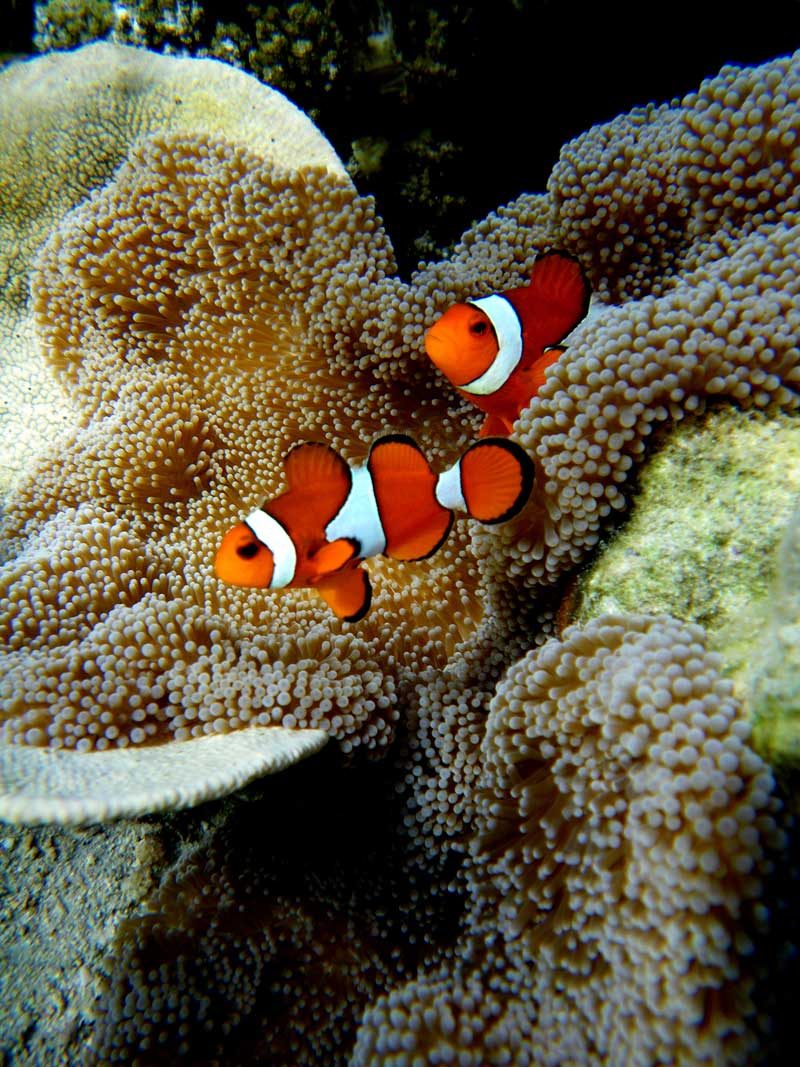
With this you have full control of your body, in a sense – you can decide when you descend, where you want, when you want.
For instance, you’re snorkeling with your friends and you notice something interesting, you have the option to remain on the water floating, or dive down to get a closer look. You hear nothing but your own heartbeat. Your blood pressure lowers and your lungs contract as you reach a greater depth, your body begins to relax. All the distractions of life are left on the surface.
My personal record has been about 120 feet without any formal training. I could probably do better, not that I care, though. We all have our reasons.
Try it once in your life. To hear that deafening silence is well worth it, like you’ve reached the other side.
Maybe we were really born to dive. How far we go, or how long we can hold our breath at the end of the day is immaterial. Free diving is open to all, regardless of age, race or gender. All one needs is some courage.
Now, take one deep breath. Hold it – and drown, willingly. – Rappler.com
NOTE: Before trying this or other different types of physical activities, consult your physician and undergo the proper training. Make sure your first few ventures are accompanied by proper supervision.
 Shirin Bhandari is an artist, writer and jewelry designer. She graduated from the University of the Philippines with a degree in Fine Arts. She established her accessory and handicraft store Sundari in 2005, and supplies her designs to Rajo Laurel and the Ayala Museum. She’s lived in India and Manila and enjoys travel and dabbles in photography during her free time. Follow her on Facebook and on Instagram
Shirin Bhandari is an artist, writer and jewelry designer. She graduated from the University of the Philippines with a degree in Fine Arts. She established her accessory and handicraft store Sundari in 2005, and supplies her designs to Rajo Laurel and the Ayala Museum. She’s lived in India and Manila and enjoys travel and dabbles in photography during her free time. Follow her on Facebook and on Instagram
Add a comment
How does this make you feel?
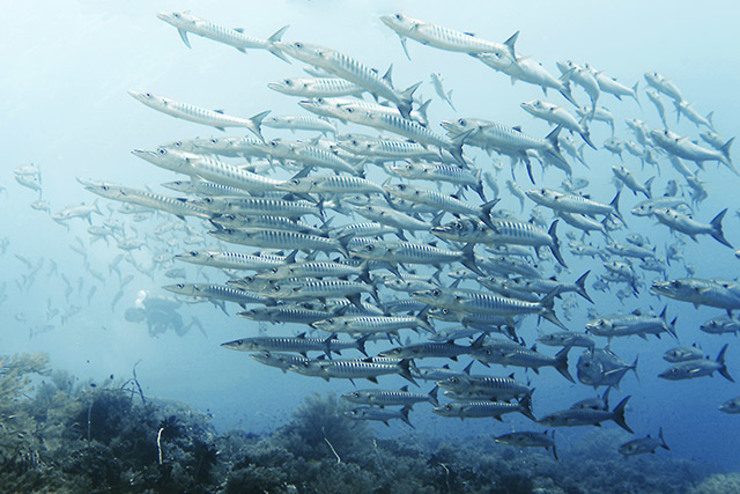





There are no comments yet. Add your comment to start the conversation.